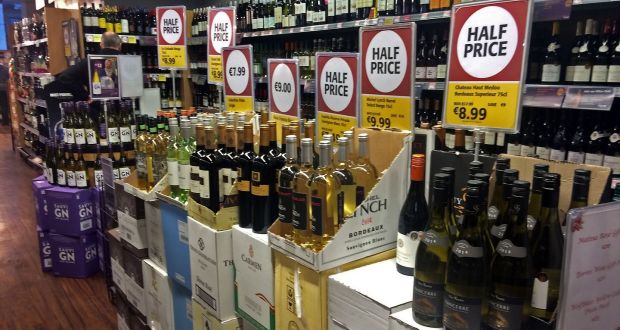
THE first report in Drinkaware’s new Research Paper Series, clarifies for the first time which specific households were drinking more during lockdown and why.
Collating data from the Drinkaware 2020 Barometer[i] conducted by Behaviour & Attitudes, the paper uniquely examines alcohol consumption and attitudes by household, identifying ‘household type’ as an emerging determinant of alcohol use.
The findings have serious implications regarding future drinking norms, and in particular future alcohol use and attitudes amongst children and young people. The research author Drinkaware – the national charity working to prevent and reduce alcohol misuse – says the findings need careful consideration by families, policy makers and stakeholders in terms of promoting better awareness and understanding of individuals and the general public’s drinking behaviours and attitudes.
Key findings include:
- Self-reported “drinking more”, binge drinking and drinking alone
– 34% of households with pre-school children and 32% of those with primary school children said they were drinking more than previously (National average is 25% - Of households with children, those with pre-school families were most likely to drink on at least a weekly basis (56%. National average is 52%) and 21% were binge drinking at least weekly (National average is 15%)
- Almost 4 in 10 households with primary school children reported drinking at home alone on a weekly basis in the past 30 days (39%. National average is 36%)
- Negative impact on households’ wellbeing, economics and household tension
– Family households were more likely to report low mental wellbeing than other households. In particular households with teenagers reported the highest levels of low mental wellbeing at 56% versus the national average of 37%
– Families with pre-school children were most likely to cite coping as a main motivation to drink (77%. National average is 60%) and 58% reported an increase in household tension (National average 47%).
– 59% of those with primary school children have already experienced or are likely to experience negative economic impact in the last 12 months. - Desire to drink less – The paper also found indications of self-awareness, with 31% of pre-school family households stating they would like to drink less.
CEO for Drinkaware Sheena Horgan commented: “There is a clear link between the impact of the pandemic and its restrictions, on people’s drinking behaviour. But the importance of examining this behaviour by family household, is that we can see what children were being exposed to, in terms of alcohol, during Lockdown. We already know the importance of parental role modelling, so the findings are a red flag regarding these children’s future attitudes and behaviours to alcohol. And if any of the negative changes in adult drinking become normalised going forward, then the impact of this aspect of our children’s experience of the pandemic will undoubtedly increase.
Now that we know household types are a determinant of drinking levels, we can use this information to tailor and build on our resources for families and our engagements with families and the public. Drinkaware will also utilise the evidence here to inform a parents-focused awareness and positive behaviour change campaign. Our goal is to support the public to prevent and reduce alcohol related harms and to tackle underage drinking, through outreach and education. The need to scale and support our Alcohol Education Programme in secondary schools is therefore all the more crucial to protect and sustain the life skills children need with regard to alcohol.”
This nationally representative research, conducted by Behaviour & Attitudes on behalf of Drinkaware is the first examination of household type with regards to alcohol consumption and provides knowledge and understanding of household type as a determinant of alcohol use. Understanding the motivations and drivers for alcohol consumption is crucial in establishing interventions and prevention strategies, for families and policy makers.










